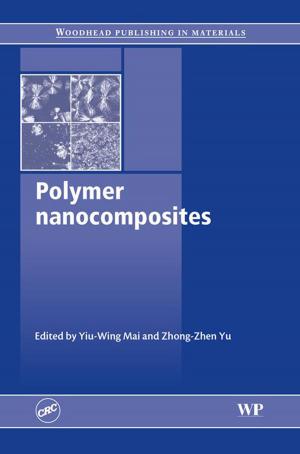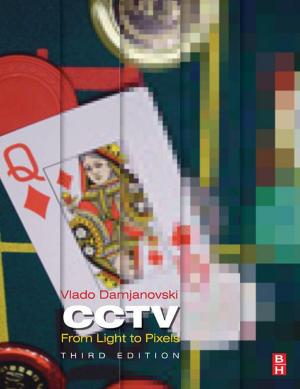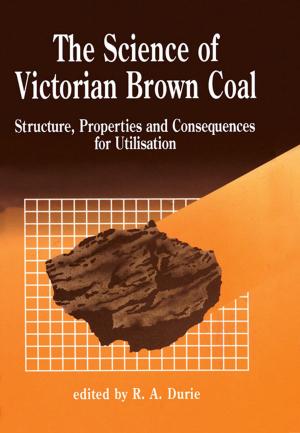Microsatellites as Research Tools
Nonfiction, Science & Nature, Science, Other Sciences, Meteorology, Physics, Astrophysics & Space Science, Technology| Author: | ISBN: | 9780080536521 | |
| Publisher: | Elsevier Science | Publication: | March 12, 1999 |
| Imprint: | Elsevier Science | Language: | English |
| Author: | |
| ISBN: | 9780080536521 |
| Publisher: | Elsevier Science |
| Publication: | March 12, 1999 |
| Imprint: | Elsevier Science |
| Language: | English |
In order to reflect the increasing importance and interest of the microsatellites in high technology and scientific applications in space, the Colloquium on Microsatellites as Research Tools was organized to promote its usage and technology development and to foster the international cooperation, especially in the area of the Asia pacific region.
Attended by 150 participants from 18 countries the colloquium was organized into five major themes: regional development, lessons learned, innovations, scientific applications, and education. A special session was organized as well by the organizing committee and supported by the National Space Program Office to present its development of the Taiwan's satellite program and the current status of ROCSAT-1 which is scheduled to be launched at the beginning of 1999.
Two main conclusions were drawn from the material presented: microsatellite in general is a very good means for doing space research and technology development, and a suitable vehicle to promote international collaborations.
In order to reflect the increasing importance and interest of the microsatellites in high technology and scientific applications in space, the Colloquium on Microsatellites as Research Tools was organized to promote its usage and technology development and to foster the international cooperation, especially in the area of the Asia pacific region.
Attended by 150 participants from 18 countries the colloquium was organized into five major themes: regional development, lessons learned, innovations, scientific applications, and education. A special session was organized as well by the organizing committee and supported by the National Space Program Office to present its development of the Taiwan's satellite program and the current status of ROCSAT-1 which is scheduled to be launched at the beginning of 1999.
Two main conclusions were drawn from the material presented: microsatellite in general is a very good means for doing space research and technology development, and a suitable vehicle to promote international collaborations.















